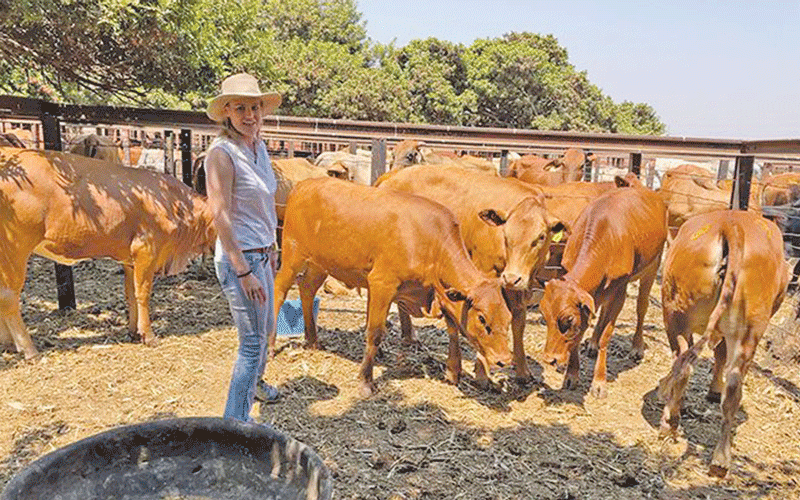There was a time when legacy media was the go -to platform for information. Audiences could wait for news bulletins or next day’s paper to confirm national developments or even global events.
But today, with the proliferation of digital platforms, content is everywhere and audiences can access it sometimes without verifying.
We are living in an era where journalism is facing an acid test insofar as trust is concerned.
The digital craze has presented a challenge to traditional media where a huge number of audiences access news through social media, search engines and mobile aggregators.
According to the Digital News Report by Reuters, audiences pay more attention to celebrities, influencers and social media personalities compared to journalists on digital platforms like TikTok and Instagram. This makes it difficult to control fake news.
Because some influencers care more about following and hits, they post anything and this has made it impossible to control misinformation and disinformation.
Keep Reading
- Public relations: Which innovations are driving PR in 2022 and beyond?
- Vitalis Takawira Jr tracing dad’s footsteps
- In defence of Trevor Ncube
- Fluidity, collusion: The new PR & communication philosophy
But this has been attributed largely to the decline in trust in news due to several reasons, bias and failure to understand audience needs being some of them.
However, according to research, fake news spreads six times faster than real information.
A few days ago, Zimbabwe woke up to news that cricket star Heath Streak had died. It later turned out that it was all fake news.
For Zimbabwe, a heavily polarised country where media outlets report differently even on same events, it’s not surprising that trust in news has significantly depreciated.
Coupled with other factors like decline in newspaper circulation figures and falling revenues, local media find themselves in a precarious situation which can only be saved by good journalism.
Of course, fake news has existed since time immemorial, but the advent of digital media technologies has amplified the challenge to an unimaginable degree.
The last half decade can be called the decade of fake news, with established media stables contributing to that crisis.
Now that Twitter has introduced payment for impressions, we are likely to see a surge in fake news, particularly in the African market, where monitoring mechanisms and laws have not been strengthened.
Why fake news?
While things are not as always as they seem, people spread fake news for different reasons.
Most of unauthenticated websites in Zimbabwe who pretend to be news publishers share fake news to generate more traffic to get more revenues. Some do it for popularity, while others are just attention seekers.
Some could be coordinated efforts to shift audience's attention from current important issues to trivial currency.
However, it is interesting to note that most prevalent sources of fake news are our favourite social media platforms like Facebook, Google and X (formerly Twitter) mainly because these can be low-cost distribution channels where bogus misinformation spreads like veld fire throughout internet once posted.
Implications
Democracies are strengthened by the quality of information that is consumed. It is from this information that progressive decisions are made and adopted by citizens and authoritative structures.
Thus, information becomes a vital parameter for decision-making. Therefore, this can make or break a nation and society.
The Iraq and Libya wars were justified based on fake news and today millions are suffering.
With the current election mode motion in the country, fake news has become the order of the day.
It's known that official results are announced by the Zimbabwe Electoral Commission (Zec) but if you scan through social media, people are designating themselves as the electoral body.
Misinformation and disinformation represent a range of serious issues that can be part of distortions on electoral processes, incitements to violence and can fuel dangerous conspiracy theories.
Information gaps and media literacy
Much as we express displeasure on fake news, we need to accept that fake news agents take advantage of information gaps that have been left void either by media or institutions that are authentic sources of information.
In this digital era where people look at their mobile phones countless times during the day, it is depressing to observe that many institutions do not have information readily available on their digital platforms.
For instance, Zec digital platforms are lacking information about election results as they announce.
If Zec is the first port of call insofar as results are concerned, they would make sure all their platforms are updated in real time, failing which rumour mongers will cover the gap and compensate with fake news.
Even at government level, failure to have vibrant digital platforms where public documents are readily available create a breeding ground for misinformation and disinformation.
People want information on the happenings of the country and the only way to substitute that void is by consuming content from unauthenticated sources.
What to do?
Consider the source: Investigate news sources and evaluate their mission and contact information.
Check the author: A quick search on the author will help authenticate a piece of news. This will answer whether they are credible or not.
Fact checking: Many newsrooms are introducing desks specifically designed to concentrate on fact-checking. Every piece of information has to be verified before being put out to the public.
We meet again next week!
- Silence Mugadzaweta is digital & online editor for Alpha Media Holdings and content strategies blogger for International News Media Association.





